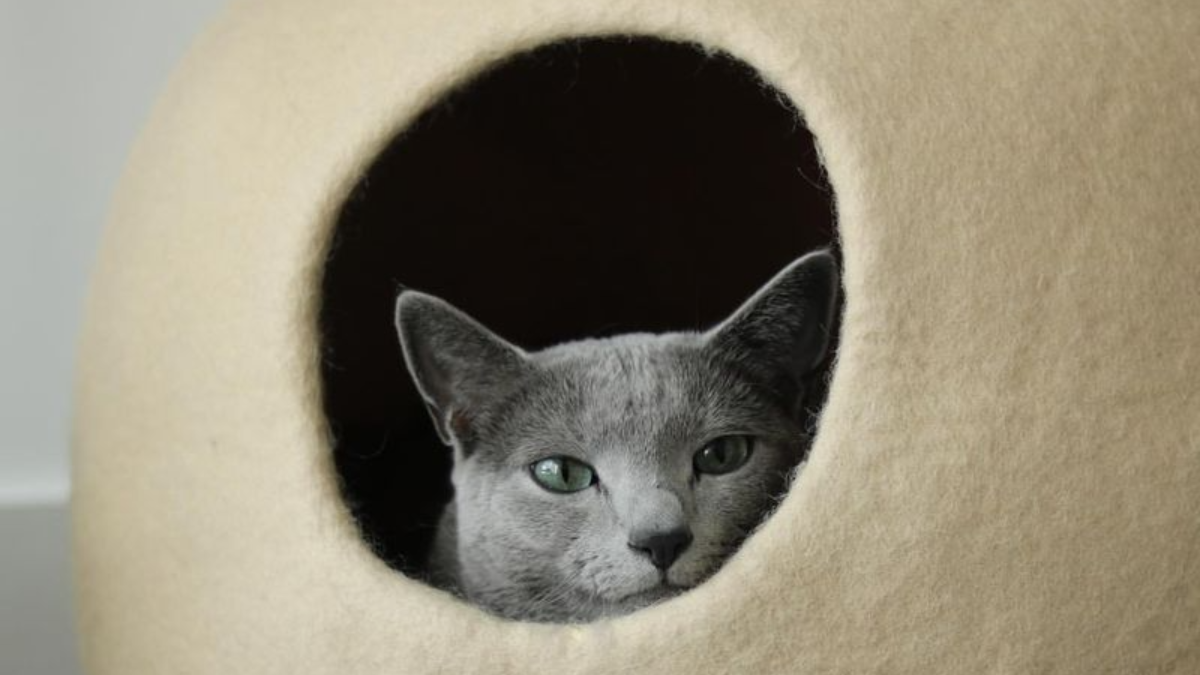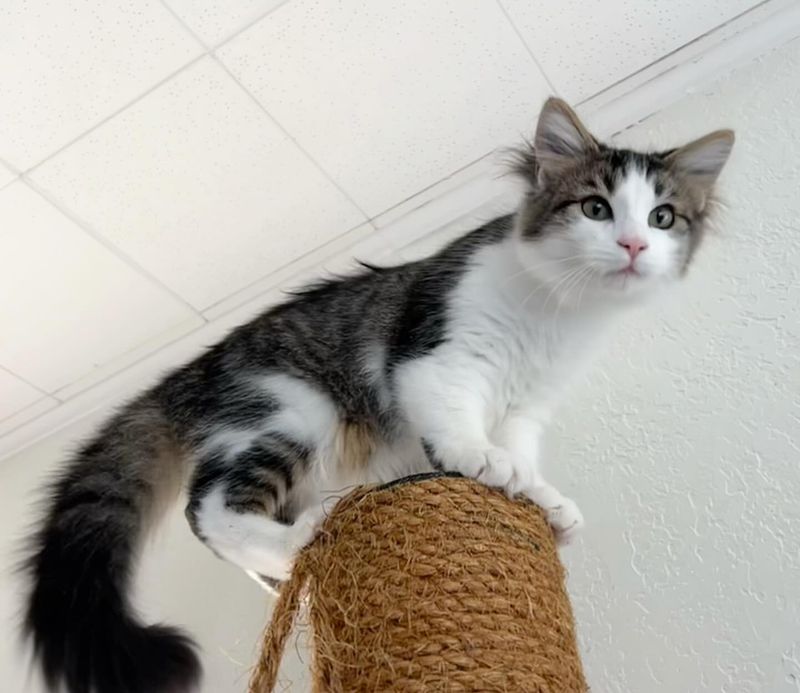📖 Table of Content:
Let’s face it—cats are not fans of change. Your feline friend thrives on routine, familiar smells, and that one sunbeam that hits the couch at just the right angle. So, when it’s time to pack up your life and move to a new home, you might find your cat giving you side-eyes sharper than their claws.
But don’t worry! While the thought of uprooting your fur baby might seem like a recipe for catastrophe (or should we say cat-astrophe?), it doesn’t have to be.
With a little planning, some patience, and a sprinkle of creativity, you can help your kitty make the big move without leaving behind their sanity—or yours.
From prepping their travel gear to introducing them to their new turf like the royalty they are, this guide has all the tips you’ll need to keep your cat cool, calm, and curious about their new digs. After all, a happy cat makes for a happy home—no matter where that home might be.
1. Familiarize with New Environment
Before moving day, try to familiarize your cat with the new environment. Bring your cat for short visits to let them explore the new space while it’s quiet and empty. Start with one room, preferably a cozy one, and let your cat become accustomed to its smells and sounds. This can significantly reduce stress on the actual moving day.
Introduce their favorite toys and maybe a blanket from home. Keep these familiar items in their designated space to provide a sense of security. Over time, gradually extend their access to other areas of the house.
Patience is key. Give your cat the time they need to adjust. This familiarization process helps your cat associate the new place with positive experiences, making the transition smoother.
2. Maintain Routine and Consistency
Cats thrive on routine, and maintaining their daily schedule can offer comfort during a move. Try to keep feeding times, play sessions, and cuddle times as consistent as possible. This consistency can be a calming influence amid the chaos of moving.
While packing, ensure you set aside time for these activities, showing your cat that their world is still stable despite the changes. Keep their feeding station set up similarly in the new home to provide a sense of familiarity.
Remember, any change in routine can be unsettling. By maintaining consistency, you’ll help your cat feel more secure and reduce anxiety, aiding a smoother transition.
3. Create a Safe Space
Designate a safe space in your new home where your cat can retreat to when feeling overwhelmed. This area should be quiet and away from the hustle and bustle of unpacking. Include a comfortable bed, a scratching post, and some toys to make it inviting.
Such a space allows your cat to decompress and feel secure while they get used to their new environment. It’s essential to respect their space and not force them out until they’re ready.
This retreat acts as a sanctuary, helping your cat manage stress. Over time, as they grow confident, they will naturally begin to explore more of the home.
4. Use Calming Diffusers
Calming diffusers can be a great aid in reducing your cat’s stress during a move. These devices release synthetic pheromones that mimic those a cat produces when feeling safe and content. Set up diffusers in key areas where your cat spends most of their time.
They can be particularly useful in your new home, as they help create an environment that feels familiar and secure to your feline friend.
Always consult with your vet before using any calming products to ensure they’re suitable for your cat. With the right setup, these diffusers can be a silent ally in helping your cat adjust to their new surroundings.
5. Gradual Introduction to New Rooms
Introducing your cat to your new home should be a gradual process. Start by allowing them access to one room at a time, beginning with the space they are most comfortable in. This step-by-step approach helps prevent overwhelming your cat with too much unfamiliar territory at once.
Observe your cat’s behavior and let them decide when to explore further. Each new room should contain something familiar, like a toy or a piece of bedding, to ease their anxiety.
Patience is essential. Allow your cat to set the pace, ensuring they feel safe and secure at each stage of the exploration.
6. Engage with Interactive Play
Interactive play can be an excellent way to help your cat adjust to a new home. Regular play sessions not only strengthen your bond but also serve as a distraction from any anxiety they might be feeling.
Use favorite toys or introduce new ones to spark their interest. The exercise will also help expend any pent-up energy, promoting relaxation afterward.
Playtime provides mental stimulation, which is crucial during a transition. Make these sessions a regular occurrence to offer assurance to your cat that some things remain unchanged despite the move.
7. Provide a Quiet Escape During Moving Day
Moving day can be chaotic, and it’s best to provide your cat with a quiet escape. Set up a room away from all the action with essentials like food, water, and a litter box. This quiet space allows your cat to stay calm and avoid the stress of moving activities.
Ensure the room is off-limits to movers or family members who might inadvertently let the cat out. A familiar blanket or toy can add comfort to this temporary refuge.
Once the move is complete, give your cat time to acclimate to the new surroundings before exploring beyond their escape room.
8. Monitor Health and Behavior
Monitoring your cat’s health and behavior during the transition is critical. Changes in environment can sometimes lead to stress-related health issues. Keep an eye out for signs of anxiety, such as excessive grooming, changes in appetite, or withdrawal.
Consult your veterinarian if you notice any concerning behaviors. They can offer advice or recommend treatments to ease the transition.
Regular check-ins with your cat, ensuring they are eating and behaving normally, are essential. By being vigilant, you can address any issues promptly, ensuring your cat’s move to the new home is as smooth as possible.








